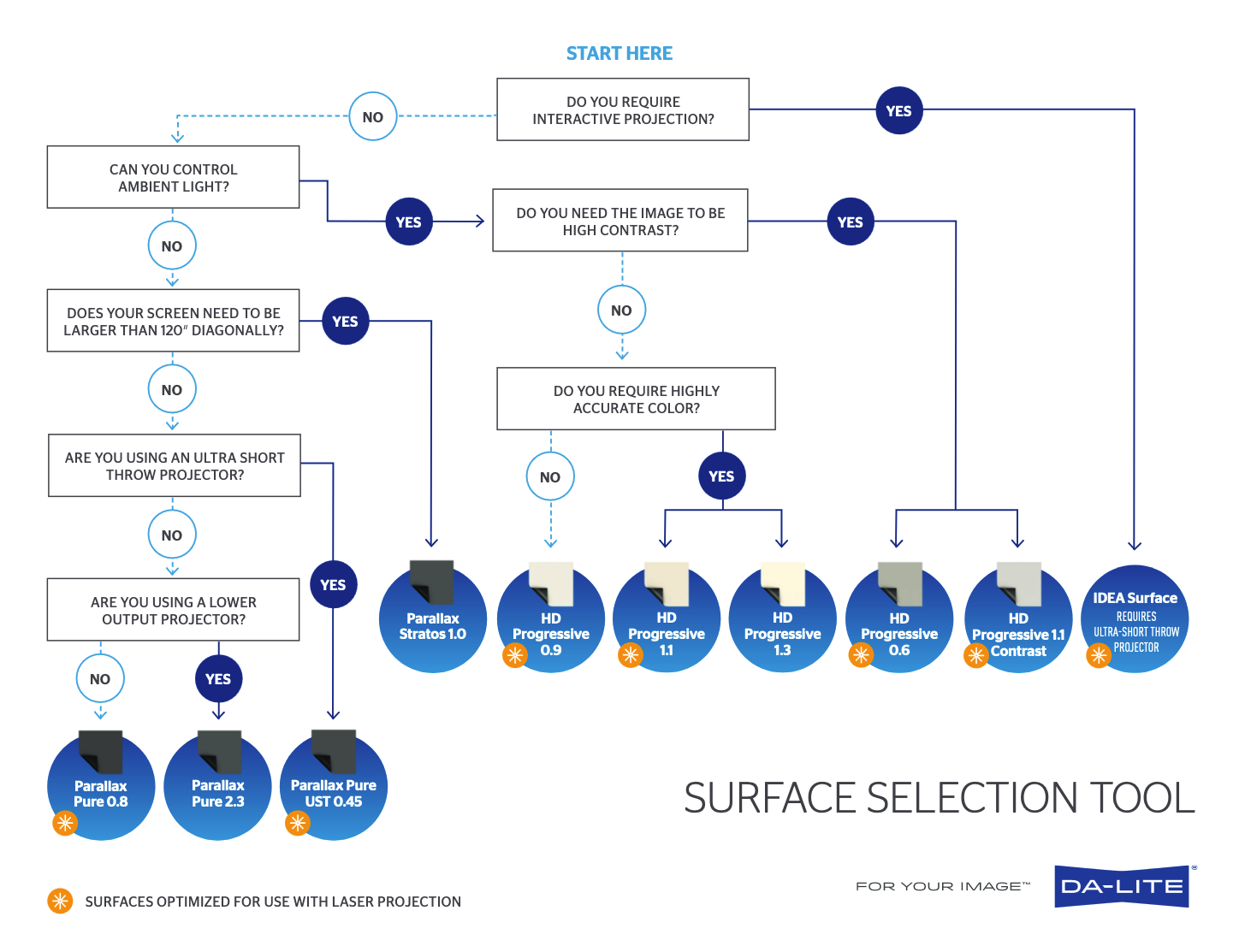Coach’s Corner | Ep 3, The Art of Mentorship

I believe that Mentors can come in many backgrounds and forms,
but they all have 4 Striking Similarities:
- Relatability
- Experience/Knowledge
- Understanding
- Compassion
As I approach the age of 43, I have several who I consider Mentors. Brian Rhatigan, who hired a pro AV “unknown” and who not only gave me my initial training but also the reassurance that I was on the right path. Rob Ziv, who I once complimented as “Audio’s Babe Ruth” and who could’ve easily run in the other direction but instead continued to push me towards bigger things. Tom Kehr, who will talk my ear off about terminology that is foreign to me, but never shies away from the “teachable moment” and has always said he’s got my back. Last but not least, John Fuqua. In the midst of a merger between Exertis and Almo, I gained a teammate that I didn’t know I needed. I remember immediately looking at John’s Linkedin profile and realizing he had more years of experience than there are days in the month and instantly I knew I was about to learn a thing or two. In the 2 years since the merger, John, Tom, and myself have teamed up on multiple audio projects, shared opinions, stories, and thoughts as well as a few comical moments along the way. Whether it be sharing a meal during one of our E4 Experiences or the occasional Zoom message about a project one was working on, I always found myself thinking, “I used to have to do these things alone”.
 As we head into the next 25% of 2024, one of my goals is to simply pay it forward. As I continue to learn from the “Brian”s and “Rob”s and “Tom”s and “John”s of the industry it becomes essential to continue the evolution and pass those learnings off to others even if it’s a quick note about “what not to do” so others don’t follow my same mistakes! Just as important as the mentorship is, there needs to be a willing “mentee”. Someone who doesn’t hide from those teachable moments I referenced and who shares the same eagerness for self-improvement. Much like how we might’ve asked inquisitive questions as children, I’m sure I asked John and Tom my fair share of “Why’s?” along the way. It was their Understanding and Compassion that made it easy.
As we head into the next 25% of 2024, one of my goals is to simply pay it forward. As I continue to learn from the “Brian”s and “Rob”s and “Tom”s and “John”s of the industry it becomes essential to continue the evolution and pass those learnings off to others even if it’s a quick note about “what not to do” so others don’t follow my same mistakes! Just as important as the mentorship is, there needs to be a willing “mentee”. Someone who doesn’t hide from those teachable moments I referenced and who shares the same eagerness for self-improvement. Much like how we might’ve asked inquisitive questions as children, I’m sure I asked John and Tom my fair share of “Why’s?” along the way. It was their Understanding and Compassion that made it easy.
It is a bittersweet moment as I write this because John Fuqua will soon be retiring at the end of March. I gave some thought to what an appropriate gift would be, then would get sidetracked by ideas of gag gifts – just to get a laugh out of him. In 2-year’s time, I’ve learned about DSP’s, Dante, speaker placement, amp selection, room acoustics, mixer control, and so much more simply from being a willing student and John being the Relatable yet Experienced Mentor. It was quite fitting that at his final E4 Experience in DC, he made sure I was comfortable with the audio setup for the event but made sure to tell me “Facetime me at the next show if needed”.
One of the biggest reasons why I think mentorship is so important is that I feel it’s a logical step in the self-improvement process, not to mention the road to growth and advancement, regardless of which is most important to the mentee. While I noted the 4 Similarities that a Mentor has, I think there are 3 Traits that every Mentee should possess:
- Willingness
- Humility
- Passion

At the very beginning of my pro AV career (and even to this day), I am humbled both by what I know as well as what I don’t know. Gone are the days when I would be too embarrassed to ask questions, and part of that is due to my mentors being so willing to support my education. If a mentee has a passion/desire for improvement and growth, then the willingness to learn should follow easily. However, admitting you could improve is always a good stepping stone!
All of this brings me to the future. John, I promise I will not bother you while you are building hot-rods, milking cattle, or living life on a beach somewhere with your loving family. You were the teammate I needed in the moment and your teachings always were appreciated, even when you would sit back and watch my stubborn self figure something out on my own! I wish you all the best in the next chapter and will forever be indebted to the discussions you took the time for.
“The delicate balance of mentoring someone is not creating them in your own image but giving them the opportunity to create themselves” – Steven Spielberg
Enjoy this blog?
Let Rob know over on LinkedIn …and/or connect with #ExertisAlmo on our LinkedIn company page.

About the Author
Rob Voorhees | CTS, CTP, DSCE, CTNS, Dante
BDM II – Technical Specialist
Supported Manufacturers: Business Communications Services, and Harman: AKG, AMX, BSS, Crown, DBX, JBL, Soundcraft, Martin Lighting


 I worked for a company that had a product catalog 3 times the size of those old Sears catalogs from the 1980s. Inside, it had every little connector, cable, and electronic device you could possibly think of. As a new employee on the job, I was given this catalog as a “bible” to the job and told to “learn it.” Nonetheless, I was inquisitive as a new hire and would regularly ask my manager questions about what part was appropriate for the job I was working on. Without fail, my boss would always start his reply with “Rob, I know we have reviewed this,” before eventually guiding me on the solution. I would sit at my desk left to think how there was no possible way he had reviewed every part on every page in that catalog. To compound this even more, I had more than a decade of experience under my belt, so I came into the role with a decent foundation to start with. My mind then became trained to not go to that boss for future questions, because I did not like being made to feel as though I was always wrong or forgetful. While that experience did not completely eliminate my ability to ask questions, it certainly set me back some because, much like my daughter, became intimidated at the thought of asking because I didn’t want to be made to feel as though I was lesser or not good enough.
I worked for a company that had a product catalog 3 times the size of those old Sears catalogs from the 1980s. Inside, it had every little connector, cable, and electronic device you could possibly think of. As a new employee on the job, I was given this catalog as a “bible” to the job and told to “learn it.” Nonetheless, I was inquisitive as a new hire and would regularly ask my manager questions about what part was appropriate for the job I was working on. Without fail, my boss would always start his reply with “Rob, I know we have reviewed this,” before eventually guiding me on the solution. I would sit at my desk left to think how there was no possible way he had reviewed every part on every page in that catalog. To compound this even more, I had more than a decade of experience under my belt, so I came into the role with a decent foundation to start with. My mind then became trained to not go to that boss for future questions, because I did not like being made to feel as though I was always wrong or forgetful. While that experience did not completely eliminate my ability to ask questions, it certainly set me back some because, much like my daughter, became intimidated at the thought of asking because I didn’t want to be made to feel as though I was lesser or not good enough. For me, I was always looking for the connectors on the cables to give me some sort of indication as to what signal they were sending, and to a certain degree they do. An XLR mic cable is GENERALLY used to for mic level audio, but not always. In many cases, there aren’t cable connectors at all, sometimes there’s just PHEONIX1 block connectors. Anyway, it became clearer to me when I learned that they’re all pretty much the same signal just at different voltage levels.
For me, I was always looking for the connectors on the cables to give me some sort of indication as to what signal they were sending, and to a certain degree they do. An XLR mic cable is GENERALLY used to for mic level audio, but not always. In many cases, there aren’t cable connectors at all, sometimes there’s just PHEONIX1 block connectors. Anyway, it became clearer to me when I learned that they’re all pretty much the same signal just at different voltage levels. So, really, an audio signal is just like a little
So, really, an audio signal is just like a little 

 The How’s: How Do you Continue Your Learning?
The How’s: How Do you Continue Your Learning? Literally EVERYWHERE! The places to look for educational opportunities will all depend on the topic or goals you set forth. For example, when looking for a certification involved in Telecom, I would head to Google and type “most popular certifications in telecom”. It is here that I uncovered the CTNS, found reviews from past students, and also uncovered similar courses that I could use to expand on the CTNS itself. Outside of search engines, I find that some of the most valuable courses are within our industry. For example, everyone might be most familiar with CTS, CTS-I, and CTS-D offered by
Literally EVERYWHERE! The places to look for educational opportunities will all depend on the topic or goals you set forth. For example, when looking for a certification involved in Telecom, I would head to Google and type “most popular certifications in telecom”. It is here that I uncovered the CTNS, found reviews from past students, and also uncovered similar courses that I could use to expand on the CTNS itself. Outside of search engines, I find that some of the most valuable courses are within our industry. For example, everyone might be most familiar with CTS, CTS-I, and CTS-D offered by  Lastly, I think with any line of work, you run the risk of it getting stale. Doing the same thing every day and never trying to change things up. I like to always be learning because quite frankly, it excites me to have an extra tool in the tool belt. Finding new ways to differentiate myself and my employer while also increasing the product knowledge for which I can confidently speak in future calls and meetings. Confidence is king after all!
Lastly, I think with any line of work, you run the risk of it getting stale. Doing the same thing every day and never trying to change things up. I like to always be learning because quite frankly, it excites me to have an extra tool in the tool belt. Finding new ways to differentiate myself and my employer while also increasing the product knowledge for which I can confidently speak in future calls and meetings. Confidence is king after all!











